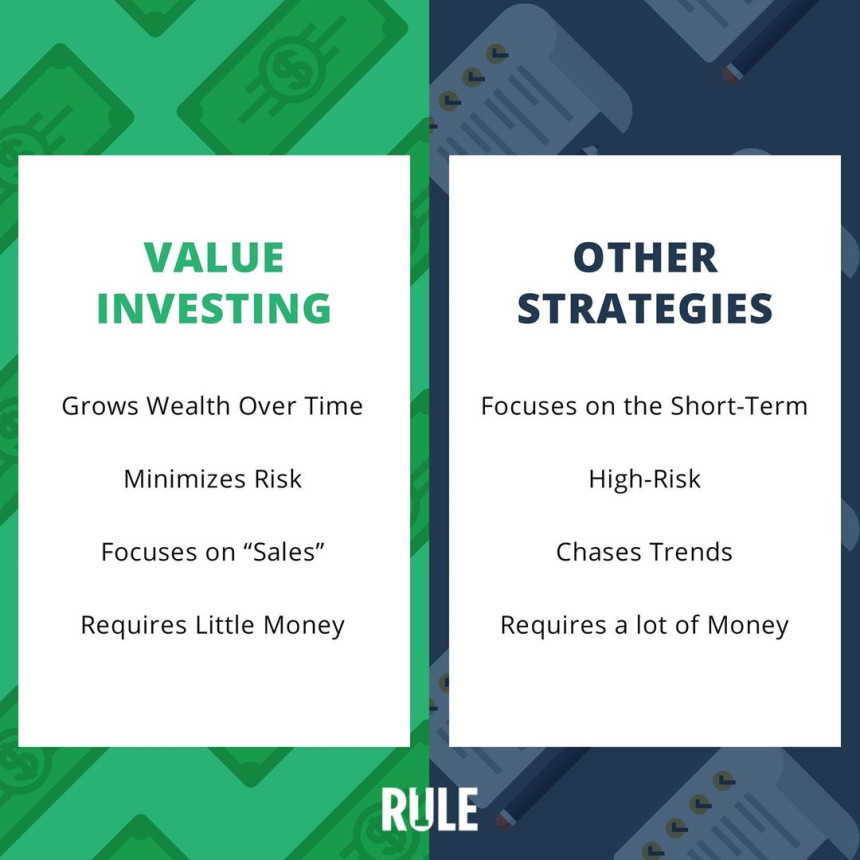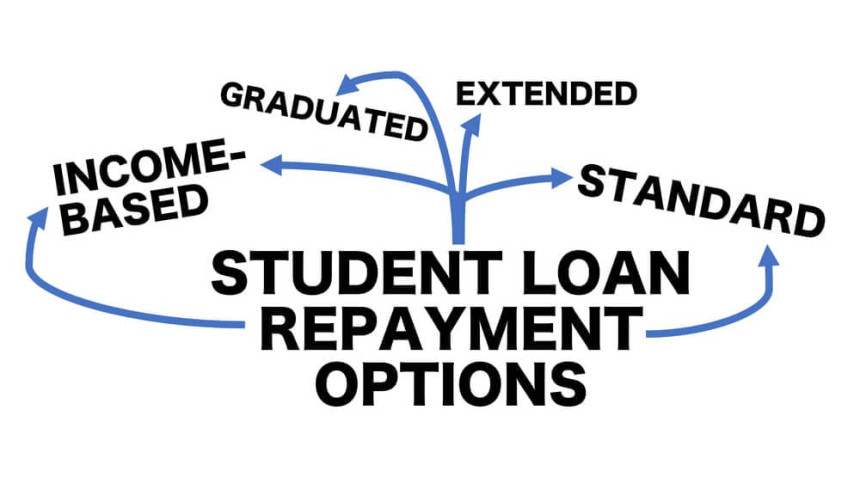
The Intersection of Investments and Borrowing: Making Smart Choices
The intersection of investments and borrowing involves strategic decisions that can impact your overall financial well-being. Balancing these two aspects of personal finance can lead to wealth accumulation and financial security. Here are some key considerations for making smart choices in this intersection:

1. Define Your Financial Goals:
- Clearly define your short-term and long-term financial goals. This will guide your decisions regarding investments and borrowing.
2. Understand Risk Tolerance:
- Evaluate your risk tolerance for both investments and borrowing. Consider how comfortable you are with market fluctuations and debt levels.
3. Consider Opportunity Cost:
- Assess the potential returns on investments versus the costs of borrowing. Evaluate whether the return on investment justifies taking on debt.
4. Differentiate Between Good and Bad Debt:
- Good debt is used for investments that have the potential to increase in value or generate income, like a mortgage or student loan. Bad debt, on the other hand, is used for non-appreciating assets or consumables.
5. Leverage for Investment Purposes:
- Consider using leverage (borrowed money) to invest in opportunities that have the potential for higher returns than the cost of borrowing. However, be mindful of the risks associated with leverage.
6. Diversify Your Investments:
- Diversification spreads risk across different types of investments, reducing the impact of any single investment's performance on your overall portfolio.
7. Evaluate Investment Returns and Borrowing Costs:
- Compare the expected returns on your investments with the interest rates and costs associated with your borrowing. Ensure the potential gains outweigh the borrowing costs.
8. Maintain an Emergency Fund:
- Always have an emergency fund in place before making significant investments or taking on large amounts of debt. This provides a financial safety net.
9. Consider Tax Implications:
- Understand how investments and borrowing can impact your tax liability. Seek advice from a tax professional to optimize your financial decisions.
10. Avoid Overextending:
- Be cautious about borrowing excessively for investments, as it can lead to financial strain if investments do not perform as expected.
11. Regularly Review and Adjust Your Strategy:
- Monitor your investments and loans regularly and make adjustments as needed to stay aligned with your financial goals and changing circumstances.
12. Stay Informed and Seek Professional Advice:
- Stay updated on market trends, investment opportunities, and lending terms. Consider consulting with financial advisors or experts for personalized guidance.
13. Avoid Emotional Decision-Making:
- Avoid making impulsive decisions based on fear or greed. Instead, base your choices on rational analysis and a well-thought-out financial plan.
14. Balance Short-Term Needs with Long-Term Goals:
- Consider how your borrowing and investment decisions align with both your immediate financial needs and your long-term wealth-building objectives.
15. Practice Patience and Discipline:
- Building wealth through the intersection of investments and borrowing requires time and discipline. Stick to your financial plan and avoid making hasty decisions.
By carefully navigating the intersection of investments and borrowing, you can optimize your financial strategy to achieve your goals and secure your financial future. Remember, it's important to approach these decisions with careful consideration and a long-term perspective.





